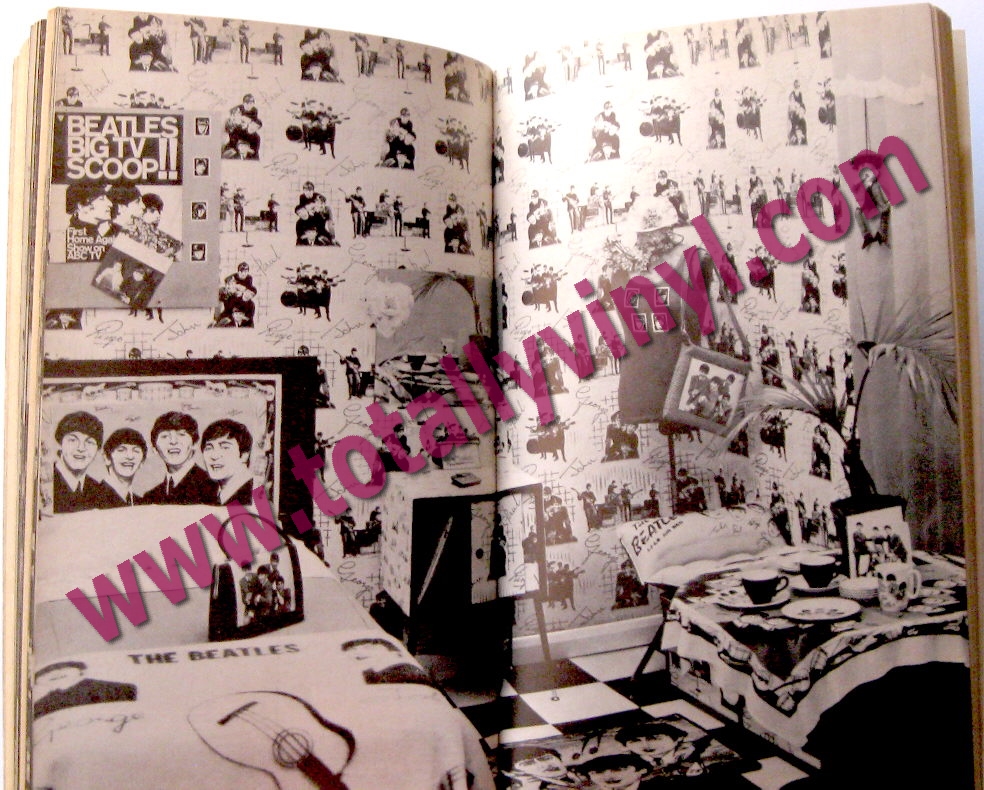


Once again, they were adopted as a panacea for cold and grim times – this time less a matter of the weather than the pall cast by the murder of President Kennedy. By early the following year, their songs were crowding the US charts, and they were about to play to 73 million Americans on The Ed Sullivan Show. "Congratulations, Gentlemen, you've just made your first number one," said their producer, George Martin. The Beatles' second single, "Please Please Me", was released in January 1963, in the midst of a legendarily biting British winter, to which its giddy sound was an antidote. If, like me, one of your first experiences of Beatles music was the collection 1962-66 (known as "The Red Album", as against 1967-70 "The Blue Album"), you will probably have experienced it as a strangely muted opening to a listening experience that quickly flared into spectacular life: a prologue, rather than a first chapter proper. But there it is: a number 17 hit, long rumoured to have been propelled into the charts thanks to bulk-buying by manager Brian Epstein. Many Beatles books barely mention "Love Me Do" at all. In the surviving Beatles' own account, the huge Anthology, Paul McCartney recalls that the song was meant to sound hard and authentic: "blues" rather than "la de da de la".

Ian MacDonald's wonderful song-by-song history of the group, Revolution in the Head, reckoned that the song's "modal gauntness" is subtly cunning, serving notice of the Beatles' "unvarnished honesty", and – via John Lennon's wailing harmonica part – the "blunt vitality" of their native Liverpool. "Love Me Do" sounds like the world in which it was made: tentative, still feeling the pinch of post-war austerity.


 0 kommentar(er)
0 kommentar(er)
